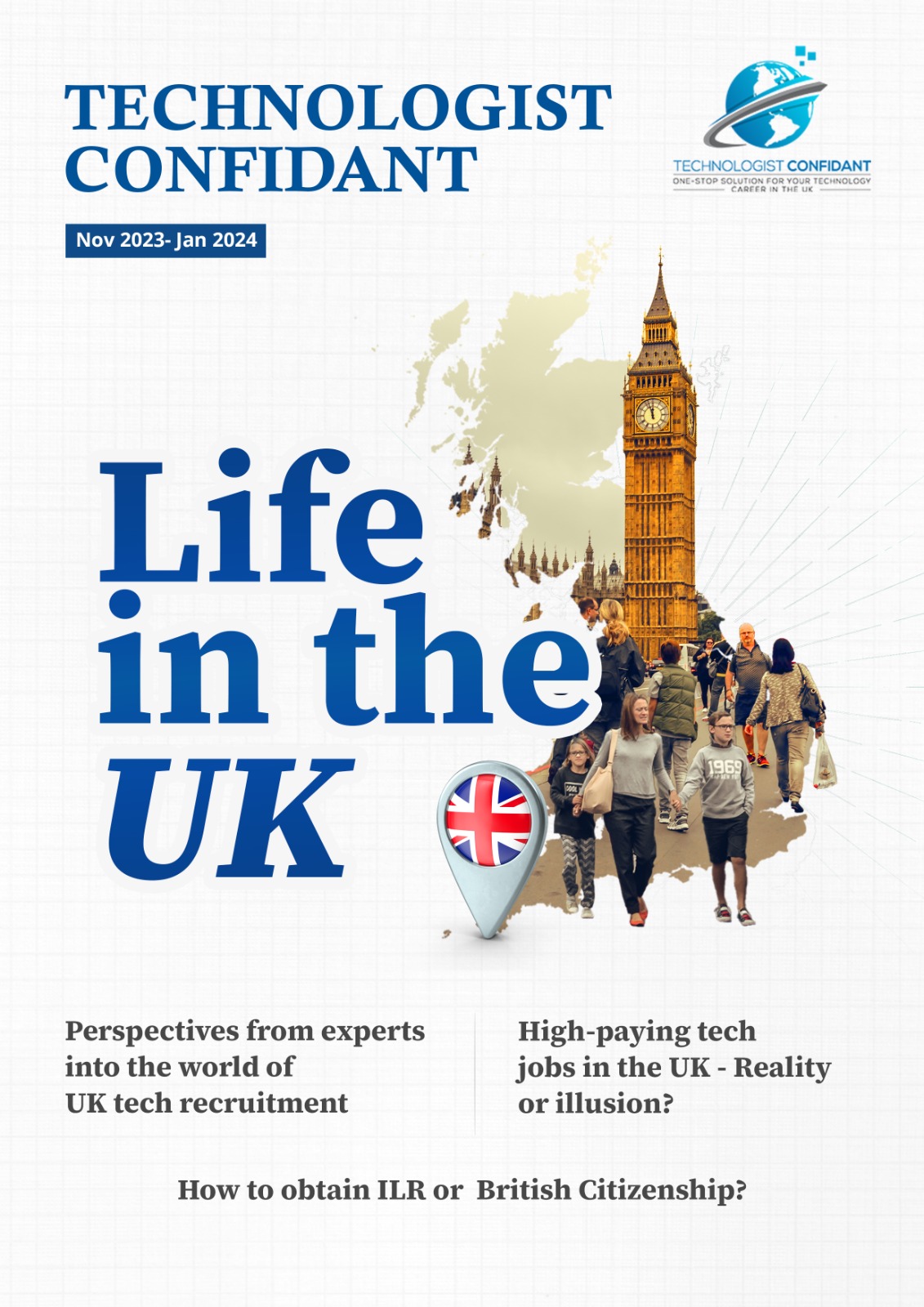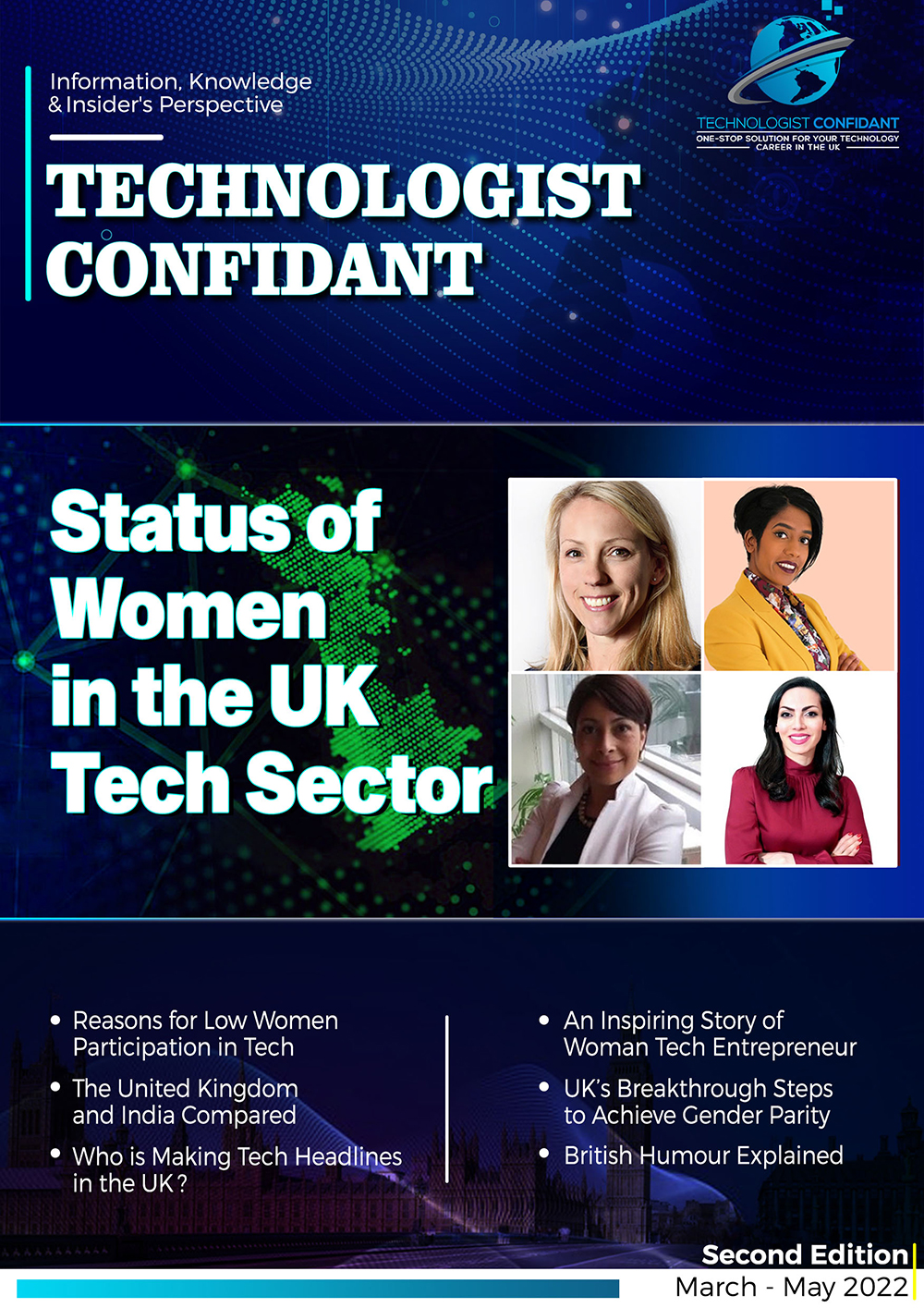Innovation is the cornerstone of sustained global economic growth that fosters quality of life and living standards. Technological innovation requires the best and brightest talents reflecting all aspects of society. Diverse teams drive first-to-market solutions that allow businesses to remain ahead of the competition. However, on the other hand, women's less participation has resulted in jobs that aren't filled, problems that aren't solved, and technology that isn't invented. For example, women make up only 14% of the workforce in Cloud Computing, 20% in Engineering, and 32% in Data and AI, according to the World Economic Forum 2021 report. The fact that women make up a very small percentage of the IT sector contributes to the current scenario of gender disparity and makes it more unsettling. For example, the UK Government claims that equalising women's productivity and employment to the same levels as men could add almost £600 billion to the UK economy. But what are the main reasons behind fewer women in the technological professions?
Reasons for fewer women in the IT Jobs
Leaders may view the reasons for fewer women in the technology differently. Some may attribute women's less engagement with technology-related jobs to biological reasons, while others may question prevalent stereotypes.
Let us take a closer look at the reasons for fewer women in the technology profession.
The STEM gap
The underrepresentation of women at various levels of the professional path can be traced back to the significant gender gap in Science, Technology, Engineering and Mathematics (STEM) education. While more females attend university than males, there is still a significant gender disparity in several fields, mainly STEM. Here’s why:
- Lack of female role models in STEM
Studies have consistently highlighted the dearth of role models in the higher education institution, owing to the limited visibility of female faculty, alumni, and even female fellow students. It's not surprising that female students avoid STEM fields without role models.
- Implicit bias of society
Historically, young girls were discouraged from pursuing science and technology disciplines. It is why men and women seek their education and employment differently, and women prefer humanities as majors, while men tend to choose STEM subjects.
- Women’s associations with housekeeping
Despite advancements in education and work experience in STEM fields, there is still a substantial gender disparity. It could be because women are more likely to be responsible for children, sick or elderly relatives, and household responsibilities, so they are persuaded to take less challenging non-tech occupations, part-time jobs, and a shortage of good quality fairly paid part-time jobs exacerbates the STEM divide.
However, owing to various government and private awareness programs and campaigns, now more women enrol in STEM subjects and join the core STEM jobs.
Occupational segregation
Occupational segregation is defined as the division of labour based on workers' gender, which can be horizontal or vertical. Horizontal segregation is a term used to describe how women and men perform different jobs and tend to be concentrated in different types of occupations. For instance, with the prevalence of hiring discrimination, women flood certain positions such as Nursing, Administrative, Human Resouces and Secretarial jobs.
Vertical segregation is defined as women being restricted or provided fewer opportunities into better-paid jobs such as higher managerial and leadership positions. To illustrate, today, only eight women chief executives represent the UK's FTSE 100 companies. One reasoning might be that women prefer low-demanding jobs over these high-demanding top management positions as it is easy to combine with family responsibilities.
Hiring discrimination and unconscious biases
Gender discrimination is rampant in the recruitment processes, compromising the professional world, business cultures, and the way new talent is hired. According to the tech industry employment site Hired, women are 30 per cent less likely than males with equal qualifications and experience to be approached for a job interview.
Job adverts play a crucial role in the organisational hiring process; employers may not knowingly use them, but subtly gender-coded language discourages women from applying for the job. For example, words that signal more masculine attract male candidates, such as 'Lead' and 'Competitive'. Lead and Competitive words are mentioned 93618 times on the Totaljobs job adverts. On the other hand, female-related words were 'Support', which was mentioned 83095 times, and 'Understanding' cited 29638 times. Totaljobs also revealed that masculine language was more commonly used in senior position job advertisements such as directors and partners, and 'assistant' roles skewed substantially toward female-associated vocabulary.
Recruitment software automation bias
Organisations increasingly use hiring software built on AI and ML algorithm technologies; these algorithms play different roles throughout the hiring process using available data. Algorithms learn by analysing vast quantities of data to find patterns. If the training data is biased, it can contaminate the decision-making process. For example, supermarket cashier jobs are generally targeted to women, while taxi driver jobs to men. In some cases, a lack of data increases biases. For instance, men played traditional CEO, CTO, and CFO roles, and the algorithm learns that and targets only male candidates for senior executive jobs, and women might not see the opening and never know if there is an opening. The algorithm might discriminate against women due to an inability to make a recommendation with the same certainty with which it can make recommendations about the well-represented male group. Furthermore, the teams that design algorithms may be unaware of biases due to a lack of diversity in their team. More diverse teams would ensure that more perspectives are accounted for during the development process.
This indicates that there's much work left to do. Women in more gender-diverse companies are less likely to perceive workplace gender disparities and less likely to believe that their employer would disregard them for a promotion or opportunity and that their gender is getting in the way of their career success.






